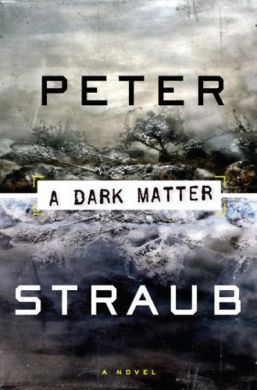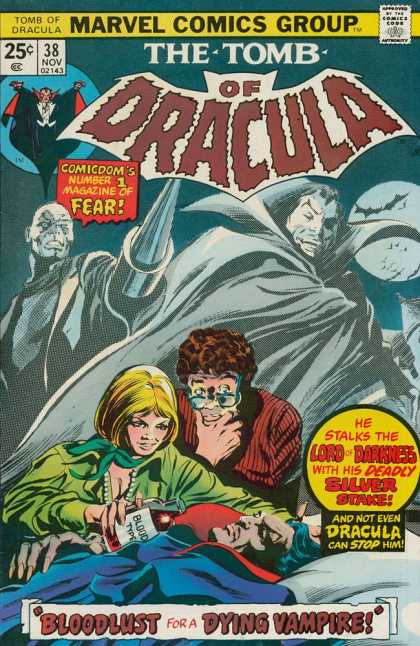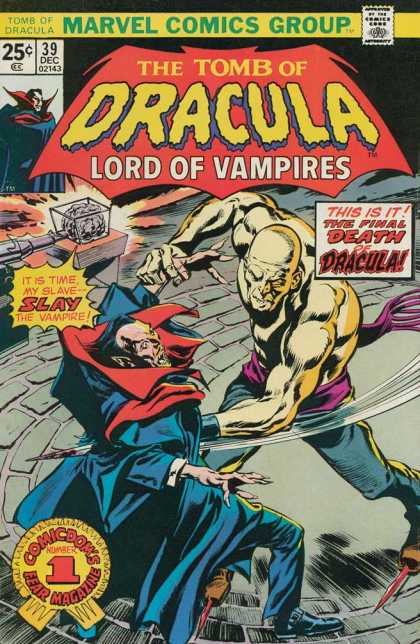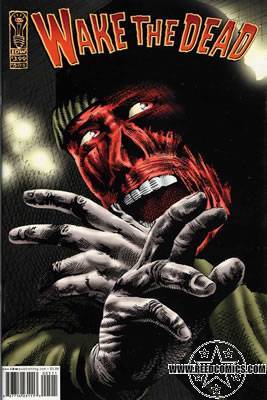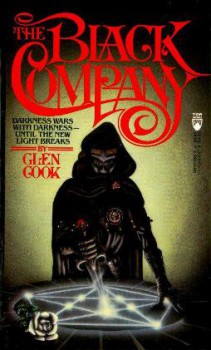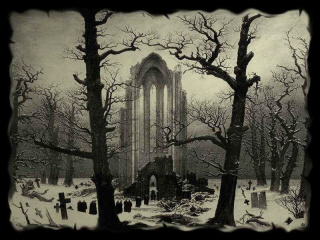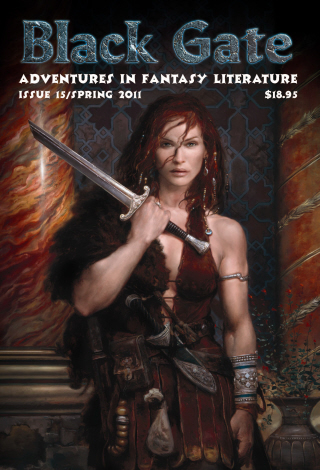The Centenary of Mervyn Peake
 July 9, 2011 will be the hundredth anniversary of the birth of Mervyn Peake, the author of three remarkable fantasy novels: Titus Groan, Gormenghast, and Titus Alone. The books — published in 1946, 1950, and 1959 — form a series (along with the novella “Boy in Darkness,” which I have not read) following the early life of Titus Groan, Seventy-Seventh Earl of the immense castle called Gormenghast. Peake had intended to write a longer sequence of novels about Titus; he planned two more books, but the advent of Parkinson`s Disease made that impossible. A number of activities are being planned to commemorate Peake’s centenary, including the publication of a fourth Titus volume, Titus Awakes, written by Peake’s wife after his death in 1968.
July 9, 2011 will be the hundredth anniversary of the birth of Mervyn Peake, the author of three remarkable fantasy novels: Titus Groan, Gormenghast, and Titus Alone. The books — published in 1946, 1950, and 1959 — form a series (along with the novella “Boy in Darkness,” which I have not read) following the early life of Titus Groan, Seventy-Seventh Earl of the immense castle called Gormenghast. Peake had intended to write a longer sequence of novels about Titus; he planned two more books, but the advent of Parkinson`s Disease made that impossible. A number of activities are being planned to commemorate Peake’s centenary, including the publication of a fourth Titus volume, Titus Awakes, written by Peake’s wife after his death in 1968.
The Titus novels are excellent books. Each seems to have a slightly different style, a different approach to Titus and his world. All of them are stylistically and imaginatively rich; although the explicitly fantastic is rare in the books, arguably nonexistent, there is in each of them an approach to world-building, a readiness to leave behind the rational, that I think makes them fantasy more than anything else — so long as you use “fantasy” in its broadest sense, agreeing that contemporary genre expectations have nothing to do with the variety implicit in the word.
Put it this way: Peake wrote before fantasy fiction had been defined as a form, but from where we stand now, his work is more easily assimilable to fantasy than to anything else. He’s been a strong influence on fantasists like Michael Moorcock; Lin Carter published his books as part of the Ballantine Adult Fantasy series. But like a lot of early fantasists, Peake is somewhat apart from the conventions of fantasy we now know. His books have little to do with medievalism or any historical culture, but neither do they seem to reflect the modern world (except in the last of them, and that’s a world as strange and distorted as a Terry Gilliam movie, a setting that, it has been said, prefigures the fantasy of steampunk). As an illustrator, Peake was working on Alice’s Adventures in Wonderland and the Grimms’ Household Tales while writing Titus Groan; those may be useful places to start.
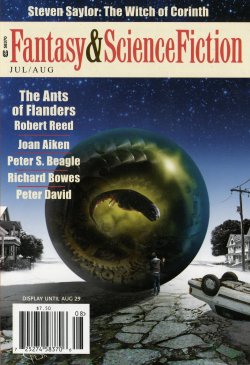
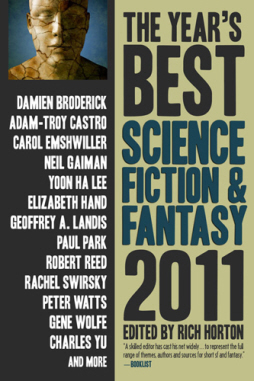
 The June-July 2011
The June-July 2011 